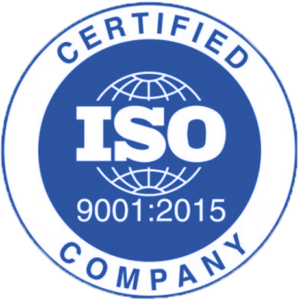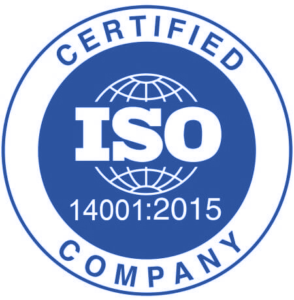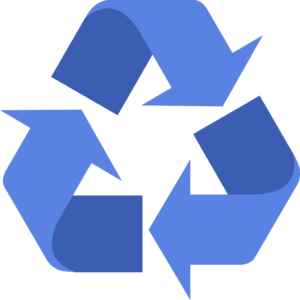We take our environmental responsibility seriously.
The printing and publishing industries are changing. The change is a recognition of our relationship with the environment, and the responsible consumption of paper. We are leading this change in the Chinese market by acquiring the following certifications.
Our Certifications

ISO 9001:2015
The ISO 9001:2015 certification first and foremost represents a quality assurance system. But it also represents the promise to create a productive work environment, in which high quality standards can be maintained.

ISO 14001:2015
In 2008 we received the ISO 14001:2015 certification. We implemented an Environmental Management System (EMS) the optimizes the environmental performance of our printing workflow.

Recycling
The leftovers from our printing production are not waste, because they have value. We send printed waste for recycling and even produce our own corrugated board.
Our Production Advantages
Solar Energy
Our printing production is powered 80% by solar energy. Our solar panels are self-installed.
Continuous Ink System
Our continuous ink system not only makes printing faster, but saves 800 grams of waste per ton of material processed. It also saves electricity.
Activated Carbon Filters
The waste gases from printing are filters through carbon filters. This presents toxic emission into the environment.
Our Materials
Kraft Paper
As an alternative to plastic, we offer packaging that uses kraft paper. This is a bio-degradable, recyclable material growing in use for rigid boxes.
OPP Film
If the barrier properties of plastic are important for your packaging, it’s best to choose the most environmentally friendly option. OPP films are degradable and harmless to the environment.
Stone Paper
A promising alternative to traditional paper, stone paper is based on calcium carbonate instead of tree fibers. Its production doesn’t produce any waste, requires no wood, no water, and 70% less carbon emissions.
Protecting the Environment in Our Daily Lives
Transportation
In step with the rest of China, we have clear trends on our campus: Bike sharing, electric cars, and most of all electric mopeds are used by company employees.
Waste Management
On our campus, you’ll find clear waste separation and clothes recycling. We collect employees’ used clothes for refurbishment and donation to remote areas.
Our Canteen
In our canteen, disposable tableware is forbidden. We use washable trays, plates, and we discourage employees from wasting food.
Other Sustainability Strategies
The Three R’s: Reduce, Reuse, Recycle
It’s a high priority to educate all of our employees on the Three R’s. In this way, we can monitor and control our use of resources, as well as encourage employees to suggest improvement initiatives.
Soya Based Inks
We are committed to using a soya based ink for processing colors (CMYK). These inks must contain at least 20% soy oil to replace the equivalent amount of mineral oil, which is considered a volatile organic chemical. (VOC)
Waste Management
We are always considering better ways to handle the paper we use, and making sure that our printing products are recyclable. As our business grows, this is a key strategy to minimizing our impact to the environment.
Using Modern Equipment
Throughout our production chain, we keep a constant eye on the stand of the technology. Maintaining a competitive technological advantage in the market is not only key to good business, but also key to increasing automation and reducing emissions and waste.
Supplier Relations
Our suppliers are regularly assessed for their own environmental responsibility policies. In this way, we ensure the supply chain is also in line with our environmental policy.